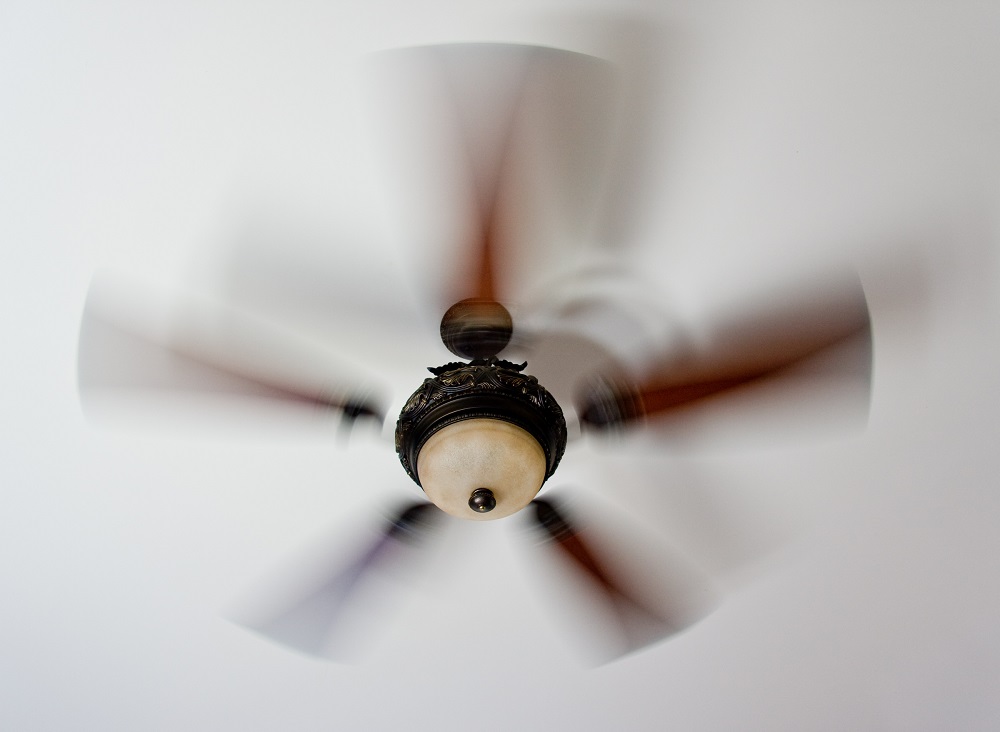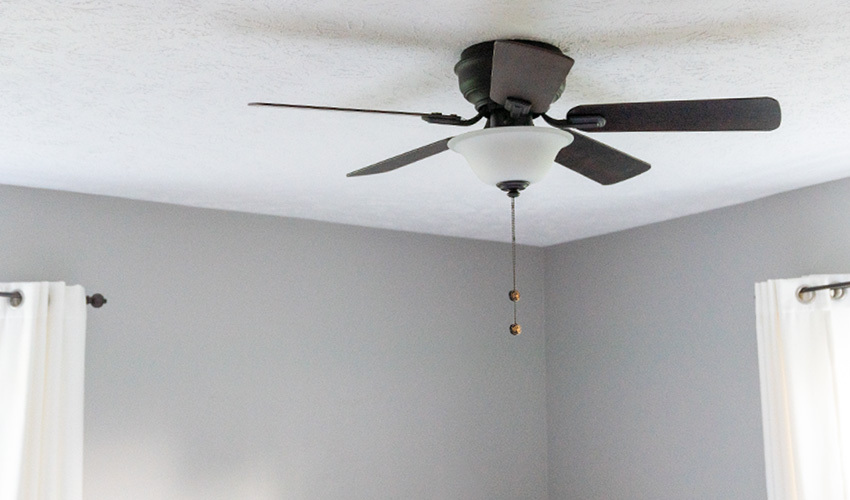There are wide price variations in the prices of ceiling fans. There are low, moderate and high-cost fans available in the market. Your budget for a ceiling fan must be in accordance with the kind of ceiling fan your room requires and your personal preferences. There is no need to spend more money on features which you don’t need. The ceiling fan you purchase should fit your budget and fulfil your requirements as well.
Here are some factors which affect the prices of ceiling fans. A careful consideration of each factor helps in determining the correct budget to purchase a ceiling fan. We also post a detail post about best ceiling fan under 2000 in India
Type of ceiling fan
Basic ceiling fans featuring 2-3 speed settings controlled by a wall switch or chain are priced low. High-end ceiling fans featuring aerodynamic blades, sophisticated lighting fixtures, many air flow settings, high RPMs and high-end blade materials such as brushed nickel, pewter, brass or wood and remote controls cost more as compared to basic ceiling fans. There are highly advanced ceiling fans as well which are even more expensive.
Your budget should be in sync with the kind of ceiling fan you need. Basic ceiling fans are cheap while high-end and advanced ceiling fans require you to spend more money.
Durability
The durability of the ceiling fan depends upon the quality of ball bearings used in it, motor quality, the quality of the electronics and material used in its construction. It is better to invest in premium fans of high durability for the major rooms such as master bedrooms or drawing rooms.
Low cost fans have lesser quality bearings and other parts as compared to premium fans. Hence, the durability of such ceiling fans is low. Durability is not a major factor if the ceiling fan is not be used constantly. Thus, low cost fans with lesser durability can be installed in kitchens and guest bedrooms while reserving premium ceiling fans for the major rooms.
Noise level
In low-priced ceiling fans, the notched single-insulated ball-and-bracket pin design of the mounting bracket generates a lot of noise. The foam rubber noise insulators compress quickly and the bracket touches the ceiling, thereby creating noise. Furthermore, low quality bearings used in economical fans also generate noise.
Read More: What to Look for While Choosing a Content Writing Agency
In premium fans, on the other hand, the double-insulated ribbed triangular ball joint design of the mounting bracket does not generate much noise. The bracket is also prevented from touching the ceiling by the four rubber insulators. High-end ball bearings also enable smooth and noiseless operation.
Depending upon whether you are bothered by noise or not, invest accordingly in an economical or premium ceiling fan.
Clockwise and Counterclockwise movement
Standard ceiling fans move counterclockwise to generate a cool breeze. Such ceiling fans cannot be used during the winter season. However, there are advanced models of ceiling fans which exhibit both clockwise and counterclockwise movement. In the winter season, such fans rotate clockwise to push the rising heat downwards. These models of fan cost more as compared to the standard models. Ultimately, it boils down to whether you need a summer-only fan or a versatile fan.


1 Comment
Pingback: Ashwin Bhadri - Inspiring People to Make Better Choices